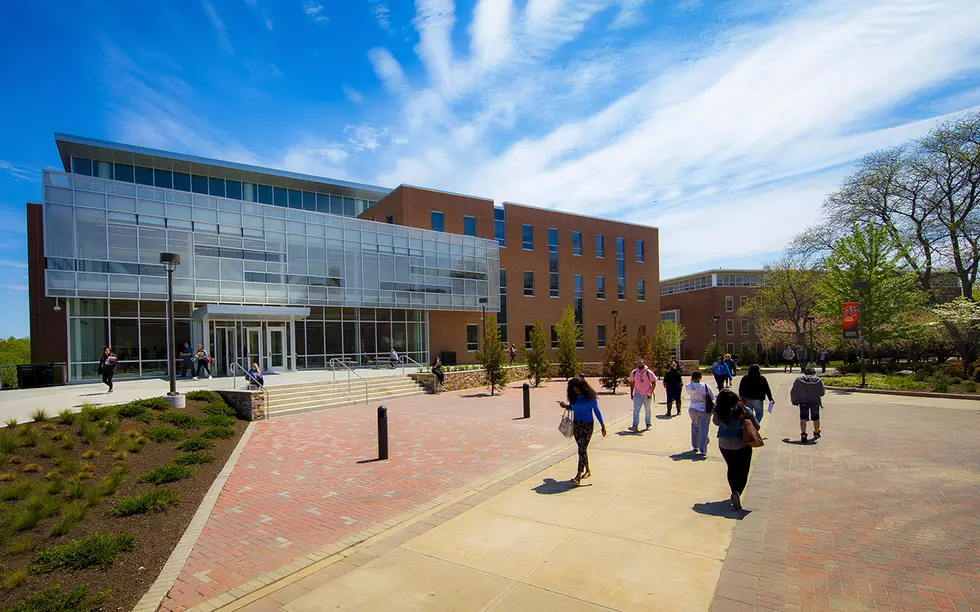
More than a third of US college students transferred, says study
BOSTON (AP) -- More than a third of college students who started in 2008 transferred to another school, according to a new national study, challenging ideas about the typical college trajectory and stoking a debate about how schools should help transfer students.
Out of 3.6 million U.S. students in the study, 37 percent transferred at least once by the summer of 2014, according to the study released Monday by the nonprofit National Student Clearinghouse Research Center. Among all students who transferred, almost half switched schools more than once.
Much of the movement was between community colleges and four-year schools, including students at four-year colleges who transferred to community colleges for the summer. Among all transfers, students were most likely to switch during their second year of college.
The findings are important, experts say, because transferring can either help or hinder students on their route to a degree.
Students at community colleges, for example, increasingly have options to transfer to four-year schools. But transferring can add time and money to a college career; federal education officials reported last year that 28 percent of students lost credits when they transferred.
Based on a shift in demographics, authors of the new study had expected to see transfer rates drop since their last report in 2012. Instead, they held steady.
"Students just don't see institutions as permanent homes for all their education needs anymore," said Doug Shapiro, executive director of the Research of the National Student Clearinghouse Research Center. "They're going to move around no matter what you do."
Instead of discouraging students from transferring, Shapiro said, colleges should remove barriers from the process.
The process is often fraught with complexity, said Thomas Bailey, director of the Community College Research Center at Teachers College of Columbia University. Differing requirements between colleges can be confusing for students, he said.
"The volume of transfers makes it that much more important that we straighten out those relationships," Bailey said.
The findings also have important implications for policymakers, Shapiro said. In an effort to hold colleges accountable, more states have tied funding to student outcomes, but the measurements of success are often based on data that omit transfer students.
"They're increasingly missing the picture," he said. "They're getting smaller and smaller parts of what's actually taking place in the higher-education marketplace."
The report's authors call for new measurements that take the success of all students into account.
(Copyright 2015 The Associated Press. All rights reserved. This material may not be published, broadcast, rewritten or redistributed.)
More From New Jersey 101.5 FM









